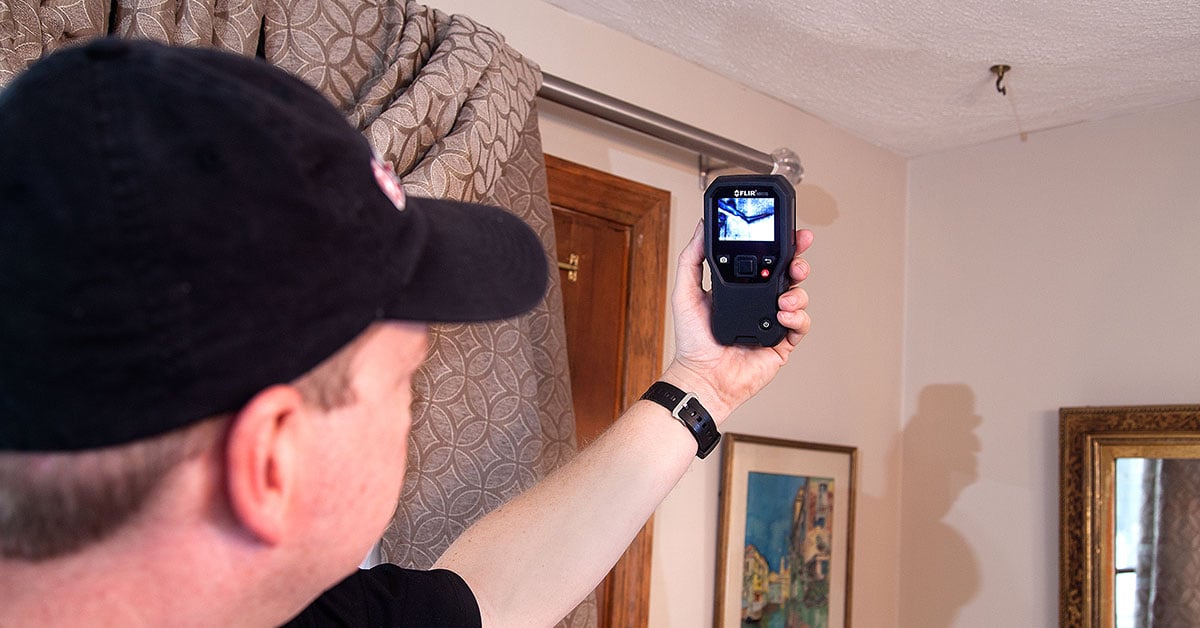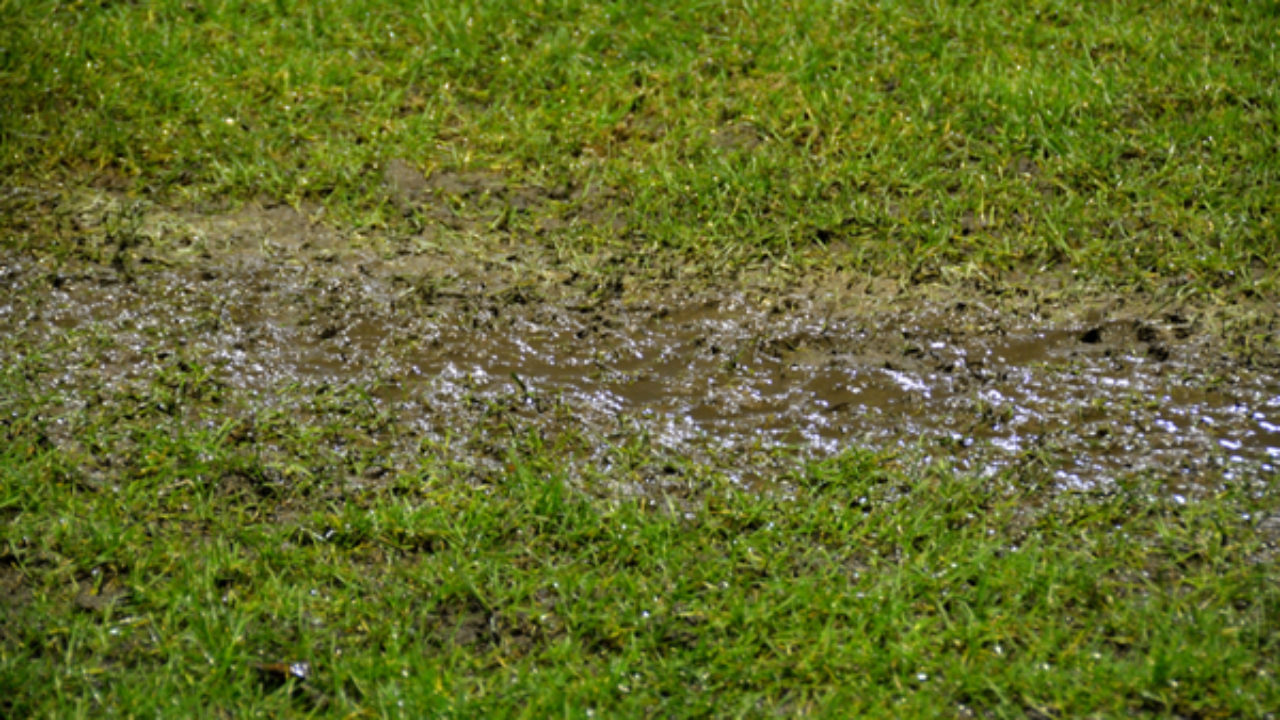Exactly how to Find and Fixing Water Leaks-- A Comprehensive Overview
Exactly how to Find and Fixing Water Leaks-- A Comprehensive Overview
Blog Article
We've stumbled on this article about Hacks to detect leaks down the page on the net and concluded it made perfect sense to talk about it with you over here.

Early discovery of leaking water lines can minimize a prospective catastrophe. Some little water leaks might not be visible.
1. Examine the Water Meter
Every home has a water meter. Checking it is a proven way that aids you discover leaks. For beginners, turn off all the water resources. Ensure nobody will certainly flush, use the tap, shower, run the cleaning device or dishwashing machine. From there, most likely to the meter and watch if it will alter. Considering that nobody is utilizing it, there should be no motions. That suggests a fast-moving leakage if it moves. Similarly, if you detect no changes, wait an hour or more as well as examine back again. This implies you may have a slow-moving leakage that can also be below ground.
2. Examine Water Intake
If you spot sudden changes, regardless of your intake being the exact same, it means that you have leaks in your plumbing system. An unexpected spike in your expense indicates a fast-moving leakage.
On the other hand, a steady increase every month, despite having the exact same practices, reveals you have a sluggish leak that's additionally slowly escalating. Call a plumber to extensively check your residential or commercial property, specifically if you feel a warm location on your flooring with piping underneath.
3. Do a Food Coloring Test
When it comes to water usage, 30% comes from bathrooms. If the shade in some way infiltrates your dish throughout that time without flushing, there's a leakage in between the storage tank as well as bowl.
4. Asses Exterior Lines
Do not forget to examine your outdoor water lines also. Should water leak out of the link, you have a loose rubber gasket. One small leakage can waste bunches of water and spike your water expense.
5. Evaluate the scenario and evaluate
Home owners must make it a routine to inspect under the sink counters and also also inside cabinets for any bad odor or mold and mildew growth. These 2 red flags indicate a leakage so timely focus is called for. Doing routine examinations, even bi-annually, can conserve you from a significant problem.
Much more significantly, if you recognize your residence is currently old, maintain a watchful eye on your heaters, tubes, pipelines and so on. Check for discolorations and weakening as most appliances and also pipelines have a life expectancy. They will additionally normally weaken due to deterioration. Don't wait for it to escalate if you suspect dripping water lines in your plumbing system. Call a specialist plumber as soon as possible so you don't end up with an awful mess in your house.
Early detection of leaking water lines can minimize a potential disaster. Some small water leakages may not be visible. Inspecting it is a guaranteed means that helps you find leaks. One tiny leak can waste tons of water and increase your water costs.
If you presume leaking water lines in your plumbing system, do not wait for it to rise.
WARNING SIGNS OF WATER LEAKAGE BEHIND THE WALL
PERSISTENT MUSTY ODORS
As water slowly drips from a leaky pipe inside the wall, flooring and sheetrock stay damp and develop an odor similar to wet cardboard. It generates a musty smell that can help you find hidden leaks.
MOLD IN UNUSUAL AREAS
Mold usually grows in wet areas like kitchens, baths and laundry rooms. If you spot the stuff on walls or baseboards in other rooms of the house, it’s a good indicator of undetected water leaks.
STAINS THAT GROW
When mold thrives around a leaky pipe, it sometimes takes hold on the inside surface of the affected wall. A growing stain on otherwise clean sheetrock is often your sign of a hidden plumbing problem.
PEELING OR BUBBLING WALLPAPER / PAINT
This clue is easy to miss in rooms that don’t get much use. When you see wallpaper separating along seams or paint bubbling or flaking off the wall, blame sheetrock that stays wet because of an undetected leak.
BUCKLED CEILINGS AND STAINED FLOORS
If ceilings or floors in bathrooms, kitchens or laundry areas develop structural problems, don’t rule out constant damp inside the walls. Wet sheetrock can affect adjacent framing, flooring and ceilings.
https://www.servicemasterbyzaba.com/blog/how-to-detect-water-leakage-in-walls/

I am very interested by Leaking water lines and I hope you enjoyed reading the entry. So long as you enjoyed reading our blog post kindly do not forget to pass it around. I appreciate reading our article about Hacks to detect leaks.
Report this page